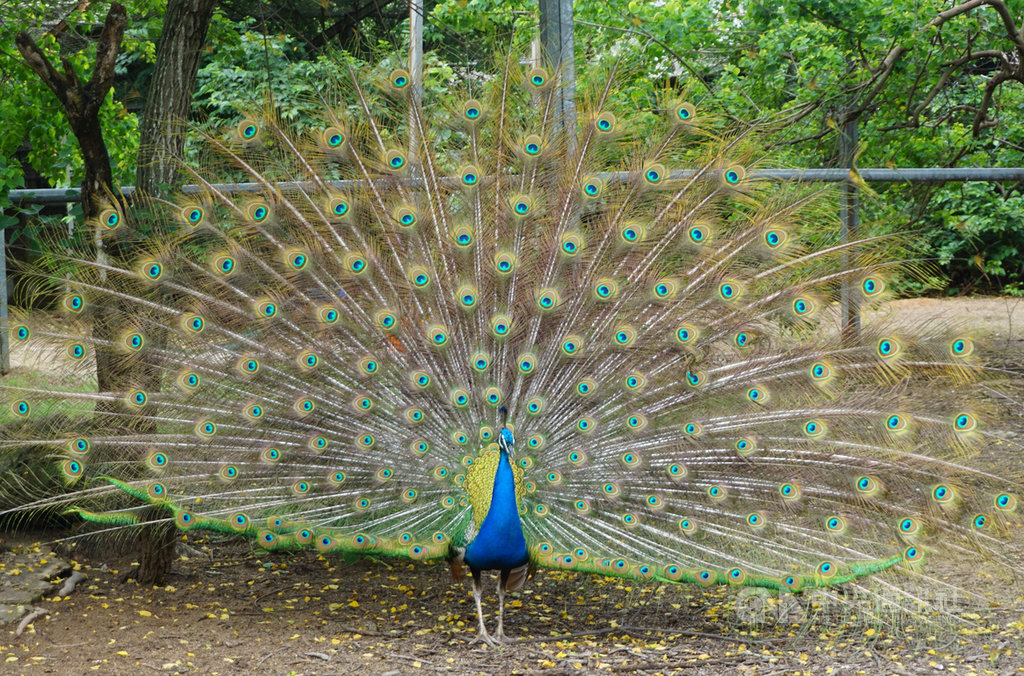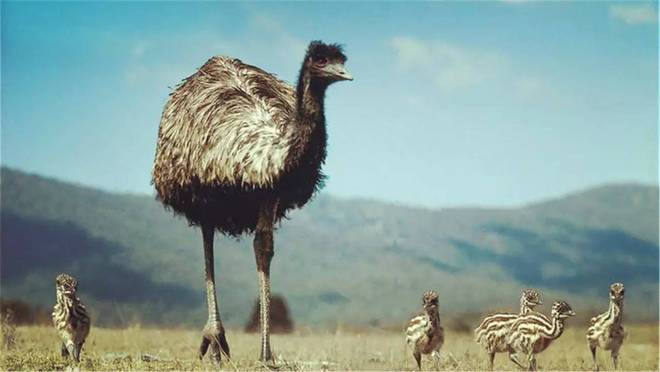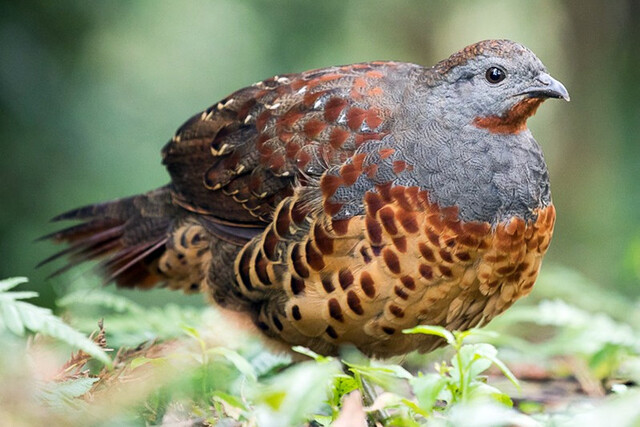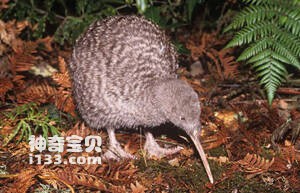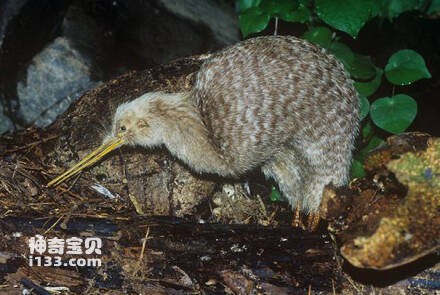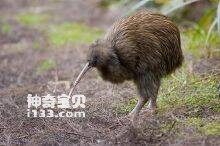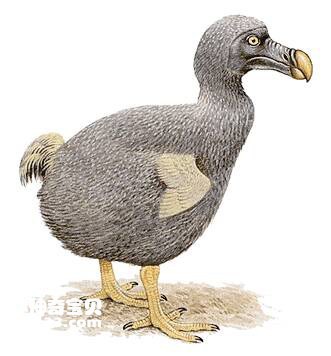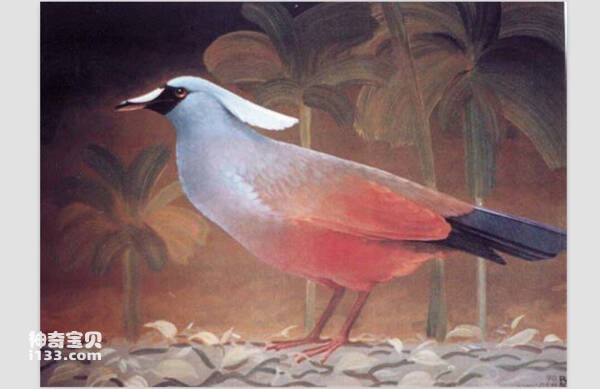Pternistis natalensis
IUCN
LCBasic Information
Scientific classification
- name:Pternistis natalensis
- Scientific Name:Pternistis natalensis,Natal Francolin
- Outline:Landfowl
- Family:Chickeniformes Pheasants Polytridges
Vital signs
- length:30-38CM
- Weight:370-723g
- lifetime:No textual research information is available
Feature
The body has dense white undercoat and black fine lines, and brown wings
Distribution and Habitat
It is found in Botswana, Mozambique, South Africa, Eswatini, Zambia and Zimbabwe.
It usually lives in habitats below 1800 meters above sea level.
Appearance
The length of the colored partridge in natal is 30-38 cm; Males weigh 415-723 grams and females weigh 370-482 grams. The head is dark grayish-brown, with slightly pointed feathers, black spots around the eyes, black first, and gray ear feathers. The body has dense white underhair and fine black lines. The wings are brown. The beak and legs are orange red, and the tips of the beak and claws are black.
Details
Natal Francolin (Pternistis natalensis) has two subspecies.

The Natal colored partridge likes to be alone. It feeds on plant bulbs and bulbs, seeds, berries, shoots including grains, but also small mollusks, beetles, termites, grasshoppers and other insects. When in danger, he prefers running to escape danger rather than flying. Breeding is usually in January-February or April-July, generally during late winter rains or early dry summer.
Listed on the International Union for Conservation of Nature (IUCN) 2016 Red List of Threatened Species ver 3.1 - Not Threatened (LC).
Protect wild animals and eliminate wild meat.
Maintaining ecological balance is everyone's responsibility!

